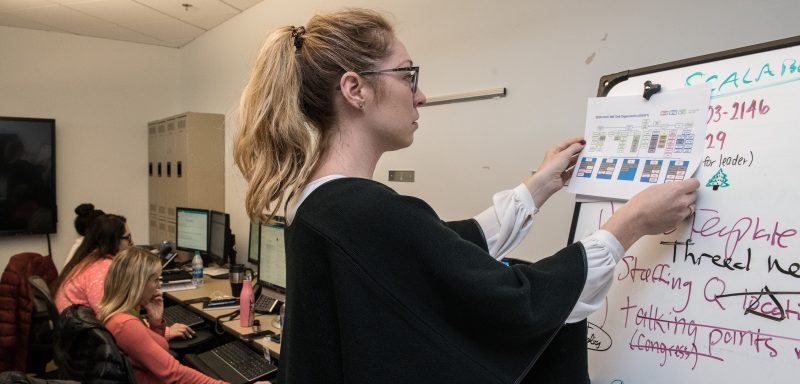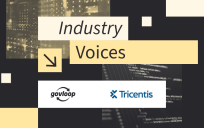In 2017, the Health and Human Services Department (HHS) launched an initiative to make grants management more efficient. Little did the agency know that the initiative would improve operations for an emergency like a pandemic, where many organizations now urgently need efficient grants management to receive the Coronavirus Aid, Relief and Economic Security (CARES) Act funding right away.
In the financial year 2019, 69% of federal grants were administered by HHS, according to USAspending.gov. The ReInvent Grants Management (RGM) team was tasked to develop an HHS grants model that could benefit the wider government as well. After interviewing grants professionals across the agency, RGM decided to build a Grant-recipient Digital Dossier (GDD), which is a tool that grabs disparate sources of data into one easily consumable application for pre-award risk assessments. The pre-award process identifies an applicant’s risk before awarding grant funds, according to HHS’ Office of Inspector General.
“In some cases, the current process for a pre-award risk examination takes 4 to 8 hours,” said Brandon Edwards, Technical Lead for HHS RGM. “We were able to get that down to 15 minutes.”
The initial model received praise and positive feedback. Users were eager for it to launch, and agencies outside HHS wanted – or needed – the tool right away. By the time of testing, CARES Act grants needed to be quickly administered, so one group of grants professionals requested to use the tool immediately for post-award risk examinations.
“We didn’t even think about that kind of use case,” Edwards said at GovLoop’s online training Thursday. “We sent it to them. They’re using the tool now to do their post-award risk assessment.”
What made the GDD so well received was the team’s dependence on user feedback. Before building the solution, the RGM team first interviewed grants management staff to identify their pain points. Then, they started building. Once the team had a prototype, they presented the model to make sure they were heading in the right direction. They didn’t want to design something users were not looking for, Edwards said.
“It’s critically important to pick the right platform for this kind of digital transformation. When you add a robust platform to this spirit of collaboration, you can overcome some of the big challenges to consolidating systems. Success comes from change management, as much as it does from picking a technology solution,” said Jonathan Alboum, Principal Digital Strategist for Federal Government at ServiceNow, a digital workflow software company.
The collaborative environment that RGM depended on led to its tool being used beyond the original purpose. Now, government staff can administer grants more efficiently at a time that historic amounts of federal funding are being distributed. This highlights how IT has become a strategic asset to agencies.
“We previously thought of IT as supporting the mission,” Alboum said. “Now, we realize that IT is core to the mission. We must elevate IT in our organizations. Technology is a strategic asset, not a commodity.”
This online training was brought to you by:





[…] “The initial model received praise and positive feedback. Users were eager for it to launch, and agencies outside HHS wanted – or needed – the tool right away…” Read the full article here. […]